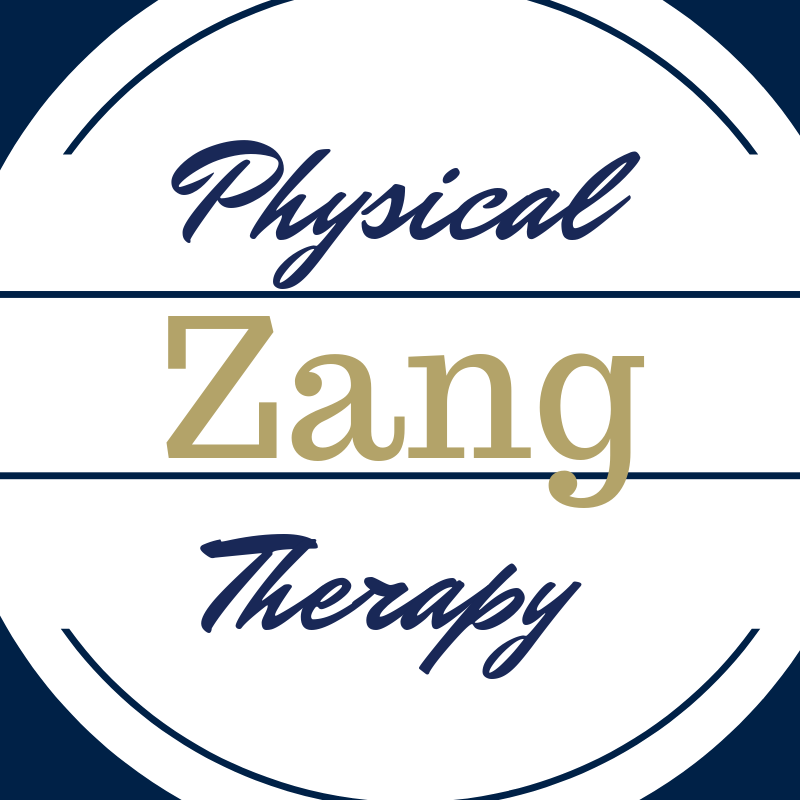For many with an ache or pain the wait and see approach equals wait and suffer. Quite often people think that if they just rest or wait long enough their ache or pain will just magically go away. However, this is rarely the case. What in fact happens is not only do they not get better, but in fact they get worse.
How is that possible when they were resting? Isn’t rest what the body needs?
Our bodies are made for movement. The avoidance of activity (the way most people “rest”) is the exact opposite of what will help the body heal. When a person “rests” completely, avoiding using the sore muscle or body part, the body becomes deconditioned. This process causes muscle and joint tightness, muscle weakness, reduced endurance and tolerance for activities. What item from this list sounds good? The answer- NONE. Each piece when added together does nothing to promote healing and leads to prolonged suffering in pain. That is because while a person waits around for the pain to go away, these issues are building. Then once a person feels better they jump right back into what they were doing…only their body is no longer conditioned for the stress and strain.
The resulting effect is recurrence of pain and now the cycle really begins to take effect. This is not a good place for anyone to be. It is in fact the place or time when most people finally make the decision to get help. Only by now 4, 6, or even 8 weeks may have passed. It leads to a long road to recovery which requires patience…something most do not have when suffering with pain. Understand that recovery has the potential to be 2 or even 3 to 1. Meaning 4 weeks of avoidance could take 8 weeks to heal. The math isn’t any better waiting longer.
So what is a better path?
What the body truly needs is relative rest. Relative rest is where the offending movements or activities are limited but not completely avoided. This means just because a person’s shoulder hurts when they reach into the cabinet does not mean they should stop reaching entirely. What it means is to reduce the number of times they do it. Meaning, if for example putting away dishes, reach once or twice with the sore shoulder and then perform the rest with the other. In this way, the shoulder still goes through normal motion, just not as often. By doing this, that sore shoulder goes through normal motion and does not get as stiff. Also, continued usage helps to reduce muscle atrophy (i.e. weakness). In this way, by not over-working the shoulder in this case it is able to start healing while limiting the negative effects of disuse.
But do you know what is even better?
Having a professional muscle and joint expert to guide the process. This individual will be able to quickly identify the problem and develop a solution that will move you forward faster.
Tired of the wait and see approach?
Click HERE to ask your questions to a professional who can get you moving again quickly.
